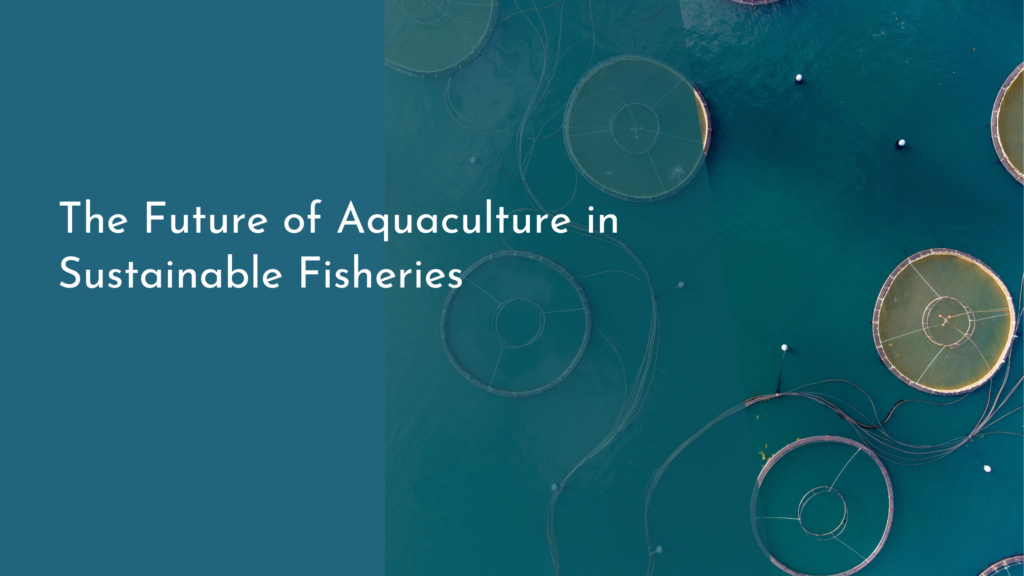Sustainable practices in shrimp farming
As the global demand for shrimp continues to soar, the need for sustainable practices in shrimp farming has never been more essential. Traditional methods often lead to environmental degradation, habitat destruction, and diminished aquatic biodiversity. Fortunately, a growing number of shrimp producers are embracing sustainable practices that not only benefit the environment but also yield healthier shrimp for consumers. This article explores the future of shrimp farming through sustainability, eco-friendly techniques, health benefits, and innovative solutions shaping the industry today.
Embracing Sustainability: The Future of Shrimp Farming
The shrimp farming industry is undergoing a transformation as more farmers recognize the importance of sustainability. By adopting practices that protect marine ecosystems, producers are ensuring the longevity of their farms and the health of our oceans. This shift is not only beneficial for the environment but is increasingly becoming a consumer expectation. As awareness grows around the impacts of unsustainable practices, many shoppers now prioritize sustainably sourced seafood, pushing the industry towards greener alternatives.
Farmers are also investing in certifications such as the Aquaculture Stewardship Council (ASC) and Best Aquaculture Practices (BAP) to demonstrate their commitment to sustainability. These certifications set standards for responsible shrimp farming, covering areas such as water quality, feed management, and social responsibility. As more farms aim for these certifications, the collective effort helps to enhance the reputation of shrimp farming as a responsible and ethical industry.
Eco-Friendly Techniques: Nurturing Our Oceans Together
One of the most exciting advancements in sustainable shrimp farming is the integration of eco-friendly techniques that prioritize the health of marine ecosystems. Farmers are increasingly adopting polyculture systems, where shrimp are raised alongside other aquatic species, such as fish and mollusks. This method not only diversifies production but also promotes a balanced ecosystem, reducing the need for artificial feeding and chemical inputs.
Other innovative techniques include the use of recirculating aquaculture systems (RAS) and biofloc technology. RAS allows for the efficient recycling of water, minimizing waste and environmental impact, while biofloc systems create a living ecosystem in shrimp ponds, converting waste into food for the shrimp. By nurturing a more holistic approach to shrimp farming, these methods help safeguard water quality and protect vital marine habitats.
Benefits of Sustainable Shrimp: Healthier Choices for All
Choosing sustainable shrimp not only supports the environment but also offers numerous health benefits for consumers. Sustainably farmed shrimp are often raised without harmful antibiotics, hormones, or chemicals, making them a cleaner and safer choice on your plate. As consumers become more health-conscious, the demand for responsibly sourced seafood is rising, driving shrimp farmers to adopt practices that align with these values.
Moreover, sustainable shrimp farming often focuses on better feed management, which can enhance the nutritional profile of the shrimp. This means that consumers can enjoy a delicious source of protein, rich in omega-3 fatty acids, while supporting practices that contribute to the health of our oceans. By choosing sustainable shrimp, consumers can feel good about their choices, knowing they are contributing to a more sustainable food system.
Innovative Solutions: Transforming Shrimp Farming Today
The shrimp farming industry is now seeing a wave of innovative solutions that aim to solve long-standing challenges associated with traditional farming practices. For example, advancements in genetic selection are helping to produce shrimp that are more resilient to disease and environmental stressors, reducing the reliance on antibiotics and ensuring healthier stocks. This innovation not only improves farm productivity but also contributes to sustainability efforts by minimizing chemical use.
Additionally, the use of technology in monitoring water quality and farm conditions is becoming more prevalent. Drones and sensors are being employed to gather real-time data, allowing farmers to optimize operations and reduce waste. This embrace of technology not only enhances efficiency but also bolsters transparency within the supply chain, enabling consumers to make informed choices. As these solutions continue to evolve, they promise to reshape the shrimp farming landscape for the better.
In conclusion, sustainable practices in shrimp farming represent a bright future for both the industry and our oceans. By embracing eco-friendly techniques, prioritizing the health benefits of responsibly sourced shrimp, and adopting innovative solutions, shrimp farmers are paving the way for a more sustainable and ethical seafood market. As consumers, supporting these efforts means making choices that are good for our health and the planet. Together, we can nurture our oceans and ensure a thriving future for shrimp farming!


